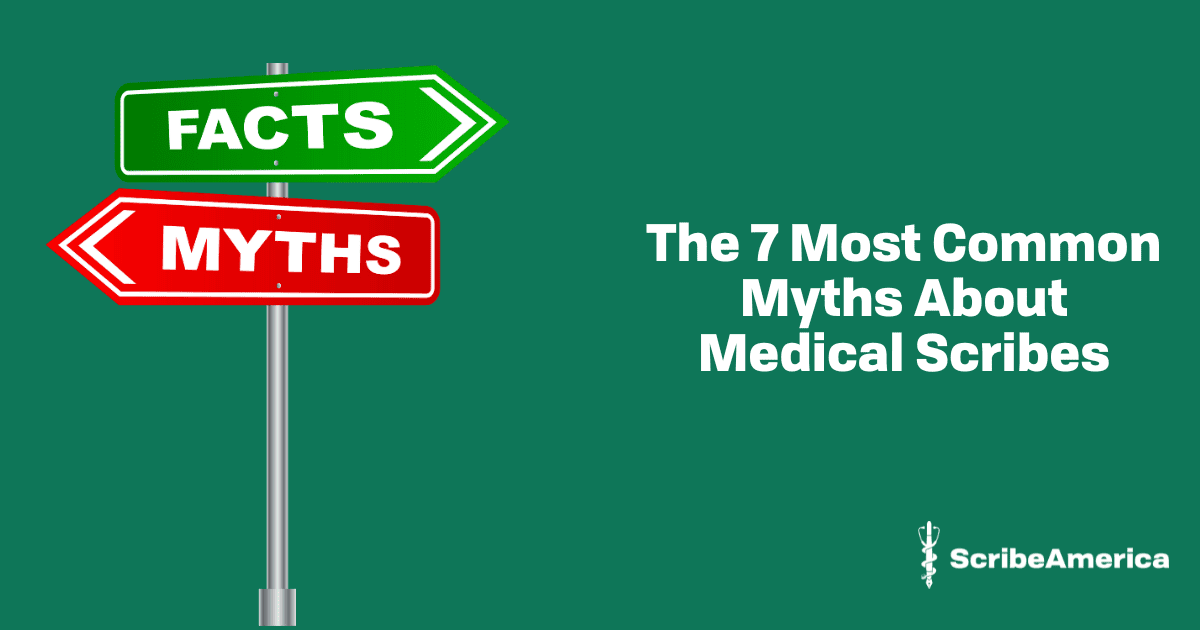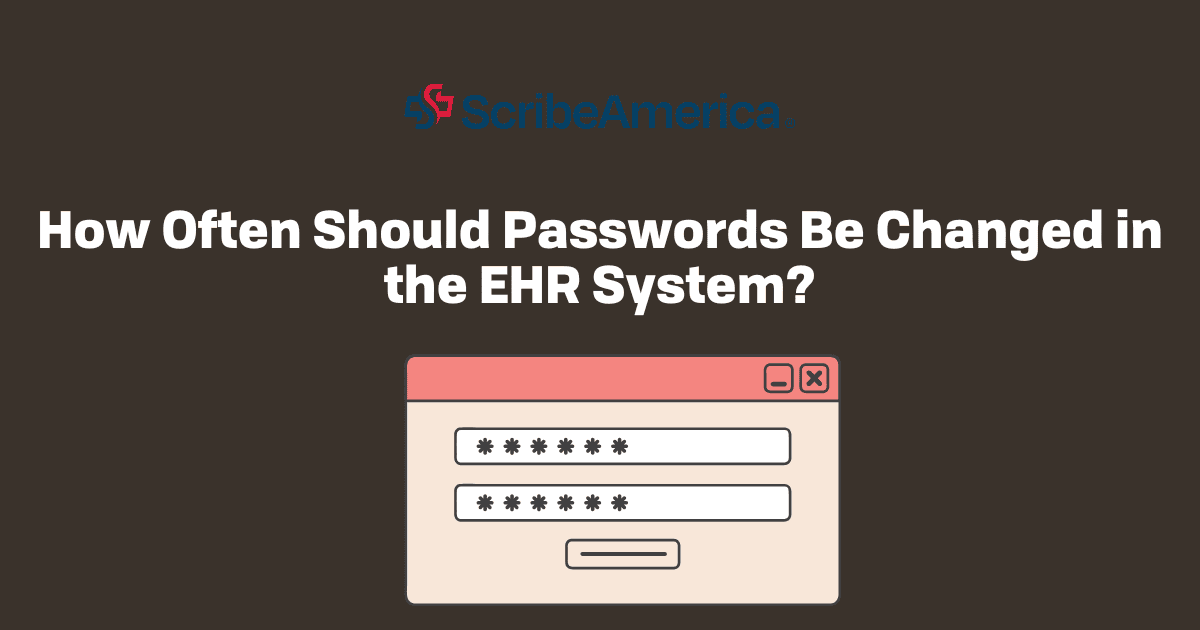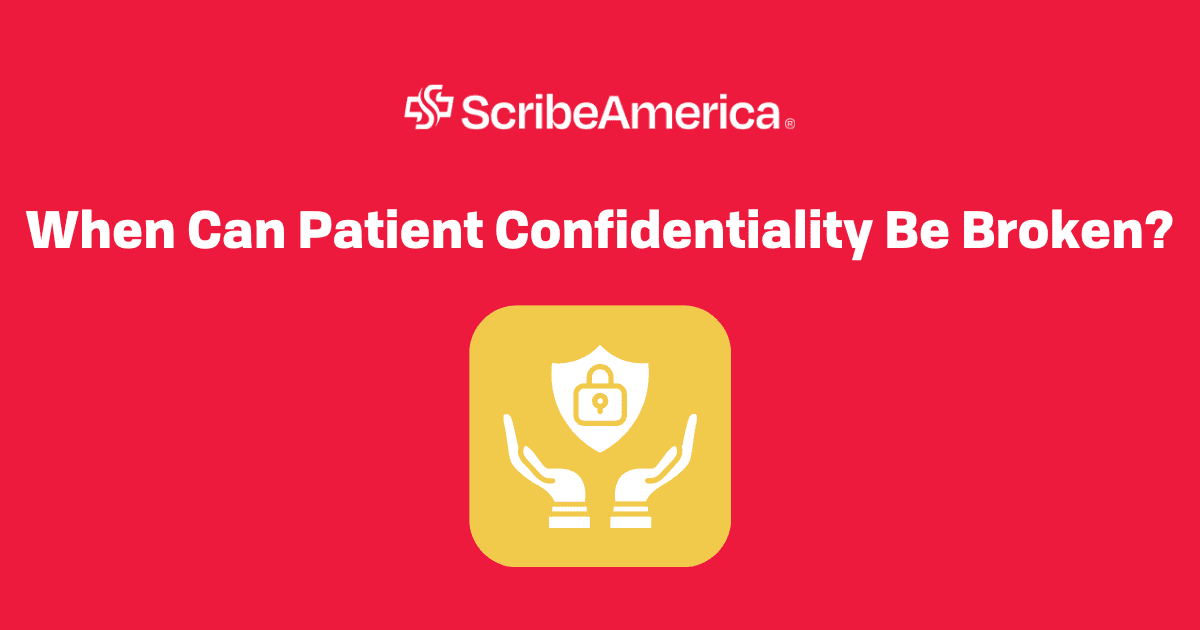Key Points:
- Medical scribes are highly trained professionals who do much more than take notes—they understand clinical workflows, medical terminology, and help structure accurate medical records.
- Scribes do not replace clinical staff but support them by handling documentation, allowing doctors to focus more on patient care.
- The role significantly improves patient care by increasing physician efficiency, accuracy, and patient interaction—even though scribes don’t provide direct treatment.
Medical scribes play a crucial role in today’s healthcare system, yet their work is often misunderstood – from how much clinical input they have to whether they’re just “note-takers”. Keep reading to uncover seven of the most persistent medical scribes myths!
What are the most widespread medical scribe myths?
1. Scribes just take notes
This is probably the most widespread misunderstanding. While documentation is a major part of the role, scribes do far more than simply transcribe conversations. They learn to capture clinical reasoning, structure electronic health records (EHRs) properly, and understand the flow of a medical visit. It’s a skill that takes real training; not something anyone can do.
2. Anyone can be a scribe
Another common medical scribe myth is that being such a professional is just like typing fast or shadowing a doctor. In reality, scribes need a solid grasp of medical terminology, anatomy, clinical workflows, and documentation standards. Most go through formal training programs before stepping into a clinic or hospital. It’s not a casual side job – it’s a professional position that requires preparation.

3. Scribes replace clinical staff
One of the more harmful medical scribes myths is that they take jobs away from nurses or physician assistants. This simply isn’t true. Scribes are not licensed to provide care or make clinical decisions. They serve as documentation support, freeing up providers to do more of what only they can do: diagnose, treat, and communicate with patients.
4. Scribes don’t interact with the medical team
While scribes aren’t providing hands-on care, they’re very much part of the clinical environment. They work closely with physicians throughout the day, often developing a strong understanding of medical decision-making. In many cases, they also collaborate with nurses, lab staff, and administrative teams.
5. It’s not a real healthcare job
Because scribes don’t treat patients, some assume the role isn’t “real” healthcare work. But this is one of the more misleading myths about medical scribes. They are trusted with sensitive patient information, involved in the documentation that shapes patient care, and are held to strict standards of accuracy and privacy. It's a role with serious responsibility.
6. It’s just for pre-med students
While many scribes are future physicians or PAs, not all are. Some pursue long-term careers in medical documentation, clinical coordination, or health administration. Others use the experience to explore different areas of healthcare. The assumption that it’s just a stepping stone for pre-meds overlooks the broader value of the role.
7. Scribes don’t impact patient care
Though they don’t treat patients directly, scribes have a big impact on care quality. By keeping doctors focused on patients instead of paperwork, scribes help improve communication, efficiency, and accuracy in documentation. The result? Doctors spend more time listening, and patients feel more heard.
To learn more about where medical scribes work and why it matters, read our article.
The takeaway
Misunderstandings around the role of medical scribes can downplay just how important they are.
By debunking medical scribes myths, it becomes clear that scribes are highly trained, deeply integrated members of the healthcare team – not passive observers. They help doctors focus, improve documentation, and ultimately contribute to better patient care.
Want to start a career as a medical scribe? Check our openings.




